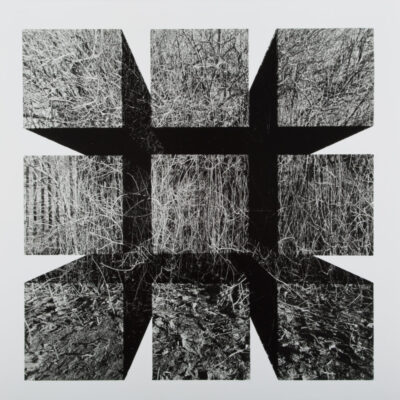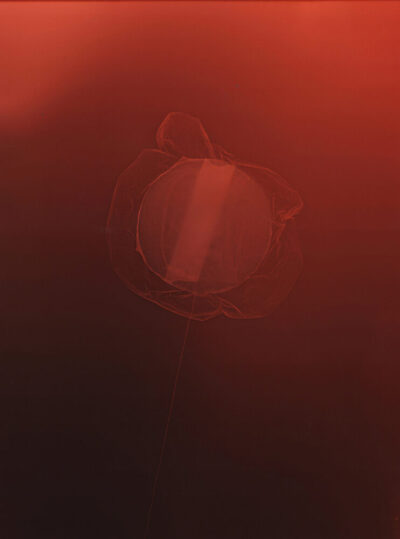Estonian and Finnish Analogue Photography Today
The digital world order has not achieved its full domination over the analogue. This also applies to photography as a separate medium. Instead, we can observe tendencies of analogue photography revival, in the case of the younger generation, even the trend of trying out old photography techniques.
The Museum of Photography in cooperation with the Finnish Darkroom Association (FDA) and the Finnish Institute bring to you the joint exhibition of Estonian and Finnish analogue photography in the Jaani Almhouse Gallery in Tallinn. The event is also the starting point for the new theme year of the Museum of Photography, which this time is dedicated to analogue photography.
The aim of the Estonian-Finnish analogue photography exhibition is to highlight that the old technological photography methods are not yet dead, instead, they are successfully used in modern photography as a practice of visual self-expression. The analogue techniques featured in the exhibition include bromoil print, cyanotype, polaroid photography, pinhole as well as black and white photos developed from the negatives taken with the large-format field camera (24×30 cm), which in the final stage have been hand-coloured; classic silver gelatine prints, coloured photograms, photos on narrow and medium format colour film and chromogenic prints created from them; additionally, a project that combines analogue technique and modern 3D digital technology.
The topics of the exhibition vary between memory and time, changes in the environment, body-perception, dilemmas of the mental state, one’s own space, subjective questions regarding a person’s internal experience, feeling of being present or absent, understanding of the identity.
The Estonian and Finnish photographic artists selected for the international group exhibition were selected by an open call organised in both countries. In total, 57 photographers from Estonia and 30 authors from Finland sent their competition projects to the open call. An international jury consisting of Katri Lassila (President of the FDA), Natalia Kopkina (Managing Director of the FDA), Elina Heikka (Director of the Finnish Museum of Photography), Hannamari Shakya (photographer, curator and author), Marge Monko (Head of the Photography Department of the Estonian Academy of Arts), Andrij Bojarov (visual artist, curator and researcher) and Annika Haas (curator of the Estonian Museum of Photography) selected the works of 13 artists for the exhibition. The artists are Karoliina Partanen, Kristian Jalava, Ida Taavitsainen, Juho Vesanen, Mikael Siirilä, Kadri Otsiver, Madis Katz, Toomas Kalve, Tarmo Rätsep, Theo Efros, Liis Ring, Maxim Mjödov and Aiki Järviste. These are artists who use analogue processes when creating modern photography works.
An important aim of the exhibition is to bring together artists from Estonia and Finland in order to offer the practitioners of their field an opportunity to establish mutual contacts and achieve international level with their works. The exhibition will be moved to Finland in the autumn and showcased in the gallery of the Finnish Darkroom Association.
The analogue photo theme year of the Museum of Photography will be showing, introducing and investigating the different techniques of analogue photography and their use in the modern context. The collections of the Museum of Photography consist, to a large extent, of pieces of analogue photography.
The analogue photo theme year at the Museum of Photography is not limited to only exhibitions. It also includes a substantial educational program with series of lectures, master classes and workshops, there will also be the photography second hand of the Museum of Photography, discussions with artists and curated tours.
Curator of the exhibition Annika Haas, Museum of Photography.
Our thanks to our helpers and supporters: Finnish Institute in Estonia, Finnish Darkroom Association, Finnish Photography Museum
The educational programme of the analogue photo theme year is supported by the Cultural Endowment of Estonia.

